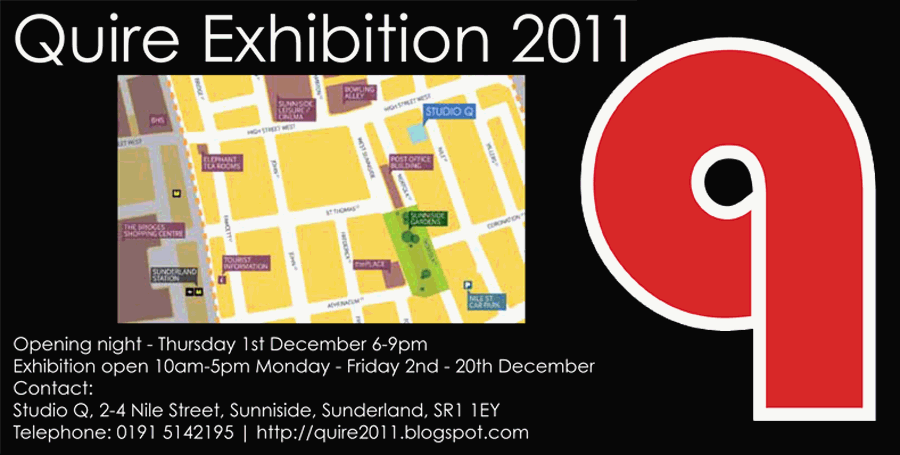For a number of years I have been interested in the idea of using field recordings in composition. The idea of taking a certain place and time from itself and rehabilitating it into a new place and time, seems to me to get to the very essence of what makes studio based composition a unique process. The creation of a new reality.
"...studio recordings, record nothing. Pieced together from bits of actual events, they construct an ideal event."
Eisenberg, E. (2005) The Recording Angel. Yale University Press. p89
With each of these pieces I wanted to create a musical microcosm of a certain place and time. To condense a reality and use it to compose a hyper-reality; the ideal event. To find the music that people make as they go about their business and to compliment that music with my own compositional ideas. Practically, this would mean listening to and recording an environment over a period of hours, finding the rhythms, melodies and textures that interested me and then editing these hours into minutes, composing a short musical narrative of the event.
This was in part inspired by hearing the Presque Rien series by the French composer Luc Ferrari in which he edits and manipulates field recordings into coherent composition while still retaining a narrative and a sense of place. I wanted to do something similar but with the sound of the environment that was familiar to me. I wanted the sound to have a connection with me and the environment around me.
One of my main motivations for this project was to create an alternative (or opposite perhaps) for a trend that sees recorded music infiltrating more and more of our world. More often than not the environmental sound of enclosed spaces in cities is invaded by recorded music. For years now, most shops, cafes and restaurants have had loudspeakers emitting music with the purpose of creating an ambience or to influence people's behaviour. Although the Musak corporation is over 90 years ago the basic principle that music can control us is still widely acknowledged and continues to be researched. Recent studies by researchers such as A. North and D. Hargreaves are being used by PRS to convince businesses to have music on their premises. It is not surprising then that more and more public and private spaces have music drifting or blaring from loudspeakers as more organisations seek to influence the behaviour of potential customers. I have already seen and heard loudspeakers in bus stations, banks, outside shop windows, even in some parks.
Jacques Attali in his book Noise: the Political Economy of Music highlights this, but also voices another idea.
" ...it (Mass Music) is a means of silencing, a concrete example of commodities speaking in place of people, of the monologue of institutions. A certain usage of the transistor radio silences those who know how to sing; the record bought and/ or listened to anaesthetises a part of the body.......but silencing requires the general infiltration of this music....therefore it has replaced the natural background noise, invaded and even annulled the noise of machinery. It slips into the growing spaces of activity deviod of meaning and relations, into the organization of our everyday life."
Attali, J. (1977) Noise: The Political Economy of Music. English Translation. University of Minnesota. p111
Alarmingly, not only does Attali see mass music as an invader of space and an influence on our behaviour he also suggests that mass music actually stops people from being able to make music themselves; it is a silencer.
I wanted to find places that people occupied but loudspeakers did not. Where the actions and interactions of people not only created the ambience of a place but where they could also create their own music; revel in their own noise; step to their own beat and whistle their own tunes.


No comments:
Post a Comment